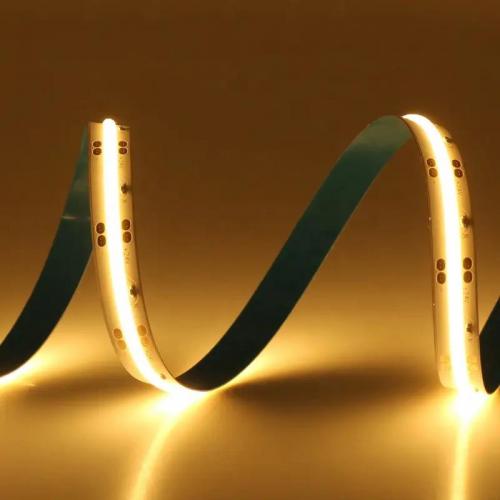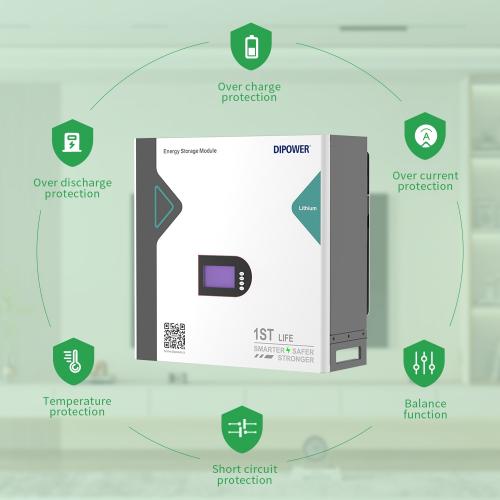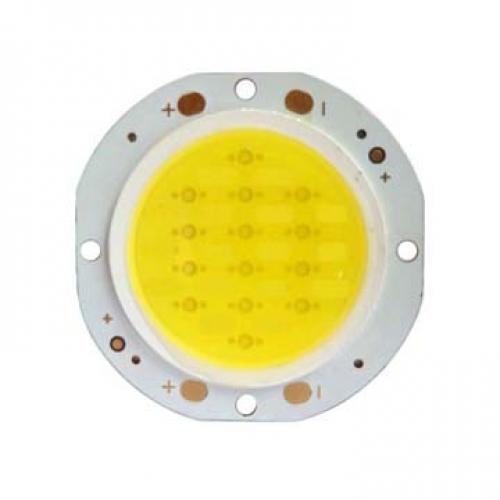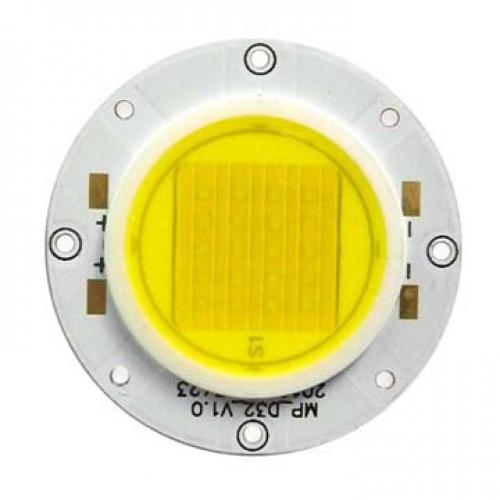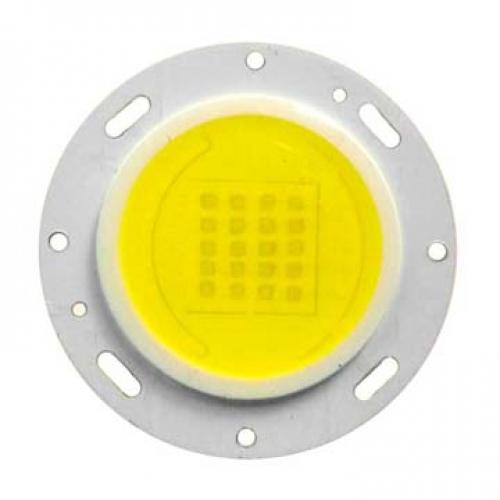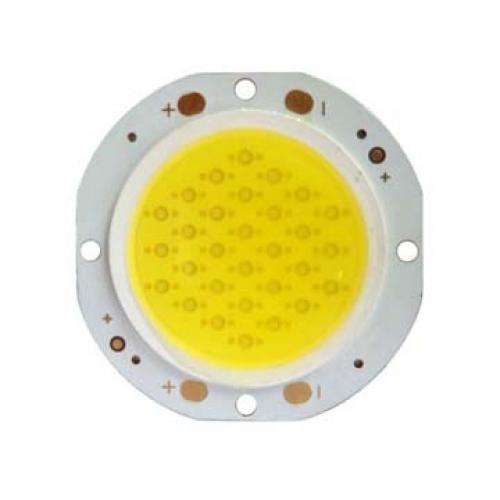What is the maximum length of COB LED?
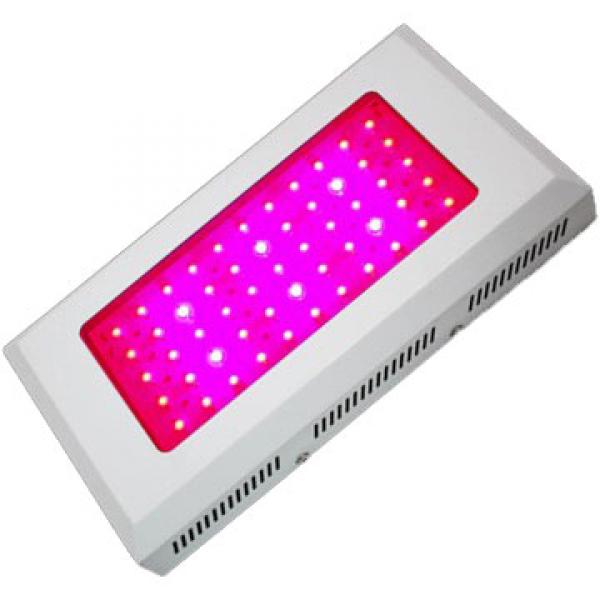
COB (Chip on Board) LEDs have become increasingly popular in various lighting applications due to their efficiency, compact size, and ability to deliver high-quality light. When considering the maximum length of COB LEDs, it's essential to understand the factors that influence their design and implementation.
COB technology involves mounting multiple LED chips directly onto a substrate, which allows for a higher density of LEDs and better thermal management. This setup results in a more uniform light output and improved performance compared to traditional LED configurations. However, the maximum length of a COB LED strip or module is not solely determined by the technology itself but rather by several other factors, including manufacturing capabilities, application requirements, and design constraints.
Manufacturing Capabilities: The length of a COB LED can be influenced by the capabilities of the manufacturer. Some manufacturers may specialize in producing longer strips, while others may focus on smaller, more compact modules. The production process, including the size of the substrate and the precision of the mounting equipment, plays a crucial role in determining the maximum length of COB LEDs. As manufacturing technologies continue to advance, we can expect to see longer COB LED strips becoming more common.
Application Requirements: The intended application of the COB LED also affects its maximum length. For instance, architectural lighting projects may require longer strips to cover extensive areas or create specific lighting effects. In contrast, smaller applications, such as task lighting or accent lighting, may only need shorter modules. Designers and engineers must consider the specific requirements of each project to determine the appropriate length of COB LEDs.
Design Constraints: Design constraints, such as power consumption, heat dissipation, and structural integrity, can also limit the maximum length of COB LEDs. Longer strips may require additional power management solutions to ensure consistent performance and prevent overheating. Additionally, the physical structure of the LED strip must be robust enough to support its length without compromising functionality or safety.
Practical Considerations: When determining the maximum length of COB LEDs for a particular application, it is crucial to consider practical aspects such as installation, maintenance, and cost. Longer strips may be more challenging to install and maintain, especially in complex or hard-to-reach areas. Additionally, the cost of longer COB LED strips may be higher due to the increased material and manufacturing requirements.
As a professional knowledge blogger, I aim to provide insights into the practical considerations and implications of using COB LEDs in various applications. Understanding the factors that influence the maximum length of COB LEDs can help designers, engineers, and consumers make informed decisions when selecting lighting solutions for their projects.
COB LEDs offer several advantages, including high efficiency, uniform light output, and compact design. These benefits make them an attractive choice for a wide range of applications, from residential and commercial lighting to automotive and industrial uses. However, to fully leverage the potential of COB LEDs, it is essential to consider the factors that determine their maximum length and how these factors align with the specific needs of each project.
In residential lighting, COB LEDs can be used to create ambient lighting effects, highlight architectural features, or provide task lighting in kitchens and workspaces. The flexibility of COB LED strips allows for creative and customized lighting designs that enhance the aesthetic appeal of any space. By understanding the maximum length limitations, homeowners and designers can optimize their lighting setups to achieve the desired effect without compromising on performance or safety.
Commercial lighting applications often require longer COB LED strips to illuminate large areas such as retail spaces, offices, and public venues. In these settings, the ability to deliver consistent and high-quality light is crucial for creating an inviting and productive environment. By considering the factors that influence the maximum length of COB LEDs, businesses can implement effective lighting solutions that meet their specific needs and enhance the overall experience for customers and employees.
In automotive lighting, COB LEDs are used for headlights, taillights, and interior lighting. The compact size and high efficiency of COB LEDs make them ideal for these applications, where space is limited, and performance is critical. Understanding the maximum length of COB LEDs can help automotive designers and engineers create innovative lighting solutions that improve visibility, safety, and aesthetics.
Industrial applications often require robust and durable lighting solutions to withstand harsh environments and demanding conditions. COB LEDs, with their efficient thermal management and high light output, are well-suited for these applications. By considering the maximum length limitations, industrial designers can implement lighting solutions that meet the specific requirements of each project while ensuring reliability and longevity.
In conclusion, the maximum length of COB LEDs is influenced by various factors, including manufacturing capabilities, application requirements, and design constraints. By understanding these factors, designers, engineers, and consumers can make informed decisions when selecting COB LED lighting solutions for their projects. Whether for residential, commercial, automotive, or industrial applications, COB LEDs offer a versatile and efficient lighting option that can be tailored to meet specific needs and enhance the overall experience. As technology continues to advance, we can expect to see longer and more innovative COB LED solutions that push the boundaries of what is possible in lighting design.

 Afrikaans
Afrikaans Čeština
Čeština Dansk
Dansk Deutsch
Deutsch Español
Español Francais
Francais Italiano
Italiano Magyar
Magyar Nederlands
Nederlands Norsk
Norsk Polski
Polski Português
Português Română
Română Slovák
Slovák Suomi
Suomi Svenska
Svenska Tiếng Việt
Tiếng Việt Türk dili
Türk dili Ελλάδα
Ελλάδα Русский
Русский اللغة العربية
اللغة العربية แบบไทย
แบบไทย 中文繁體
中文繁體 日本語
日本語 한국인
한국인

